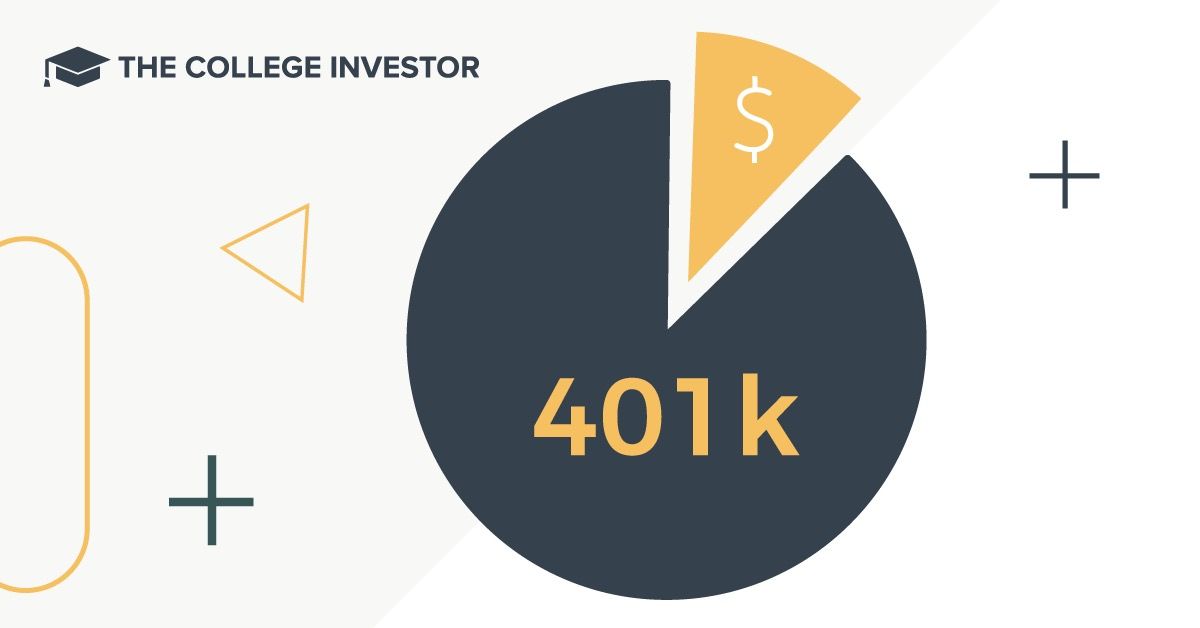401(k) Plan
Definition
A 401k plan is a tax-advantaged retirement savings account offered by many employers in the United States, allowing employees to save and invest a portion of their paycheck before taxes are taken out.
Detailed Explanation
401(k) plans are one of the most common types of employer-sponsored retirement plans in the United States.
Employees can contribute a portion of their salary to their 401(k) account, which is then invested in a range of options such as stocks, bonds, mutual funds, and ETFs, depending on the choices provided by the plan. These contributions are made pre-tax, reducing the employee's taxable income. Depending on the plan, some employees may also make Roth contributions or even after-tax contributions. Some employers also match a portion of the employee's contributions, further enhancing the savings potential.
The funds in a 401(k) grow tax-deferred, meaning taxes on earnings are not paid until the money is withdrawn, typically in retirement. Early withdrawals may be subject to taxes and penalties, encouraging savers to keep their funds invested until at least age 59½.
401k contribution limits are set by the IRS and can change annually. The contribution limits in 2024 are $23,000 for employees, and $69,000 overall. Employees over age 50 can make a catch-up contribution of $7,500.
Example
John is employed by a company that offers a 401(k) plan with a 50% match on contributions up to 6% of his salary.
If John earns $50,000 a year and decides to contribute 6% ($3,000), his employer would contribute an additional $1,500 (50% of $3,000) to his 401(k) plan.
This means a total of $4,500 is added to John's 401(k) account annually, before any investment growth.
Key Articles Related To 401(k) Plans
Related Terms
IRA (Individual Retirement Account): A retirement savings account that offers tax advantages for individuals, available to anyone with earned income.
Mutual Fund: An investment vehicle made up of a pool of funds collected from many investors for the purpose of investing in securities such as stocks, bonds, money market instruments, and other assets.
Roth 401(k): A post-tax retirement savings account where contributions are made after taxes are taken out, but qualified withdrawals in retirement are tax-free.
Tax Deferral: The process of delaying taxes on earnings until a future date, typically used in retirement savings accounts to encourage long-term growth.
FAQs
What is the contribution limit for a 401(k) plan?
The contribution limit can vary each year based on IRS guidelines. For 2024, the employee contribution limit is $23,000 for those under 50, with an additional catch-up contribution of $7,500 for those 50 and older. The overall 401k contribution limit is $69,000.
Can I access my 401(k) funds before retirement?
Yes, but early withdrawals before age 59½ may incur a 10% penalty and taxes on the distribution, with certain exceptions for hardship.
Do all employers offer a 401(k) plan?
Not all employers offer a 401(k) plan, but many do as part of their benefits package to attract and retain employees.
What is a Roth 401(k) vs. a traditional 401(k)?
The main difference is the tax treatment of contributions and withdrawals. In a traditional 401(k), contributions are pre-tax, reducing taxable income now, but withdrawals are taxed. In a Roth 401(k), contributions are made with after-tax dollars, but qualified withdrawals are tax-free.
Editor: Ashley Barnett
